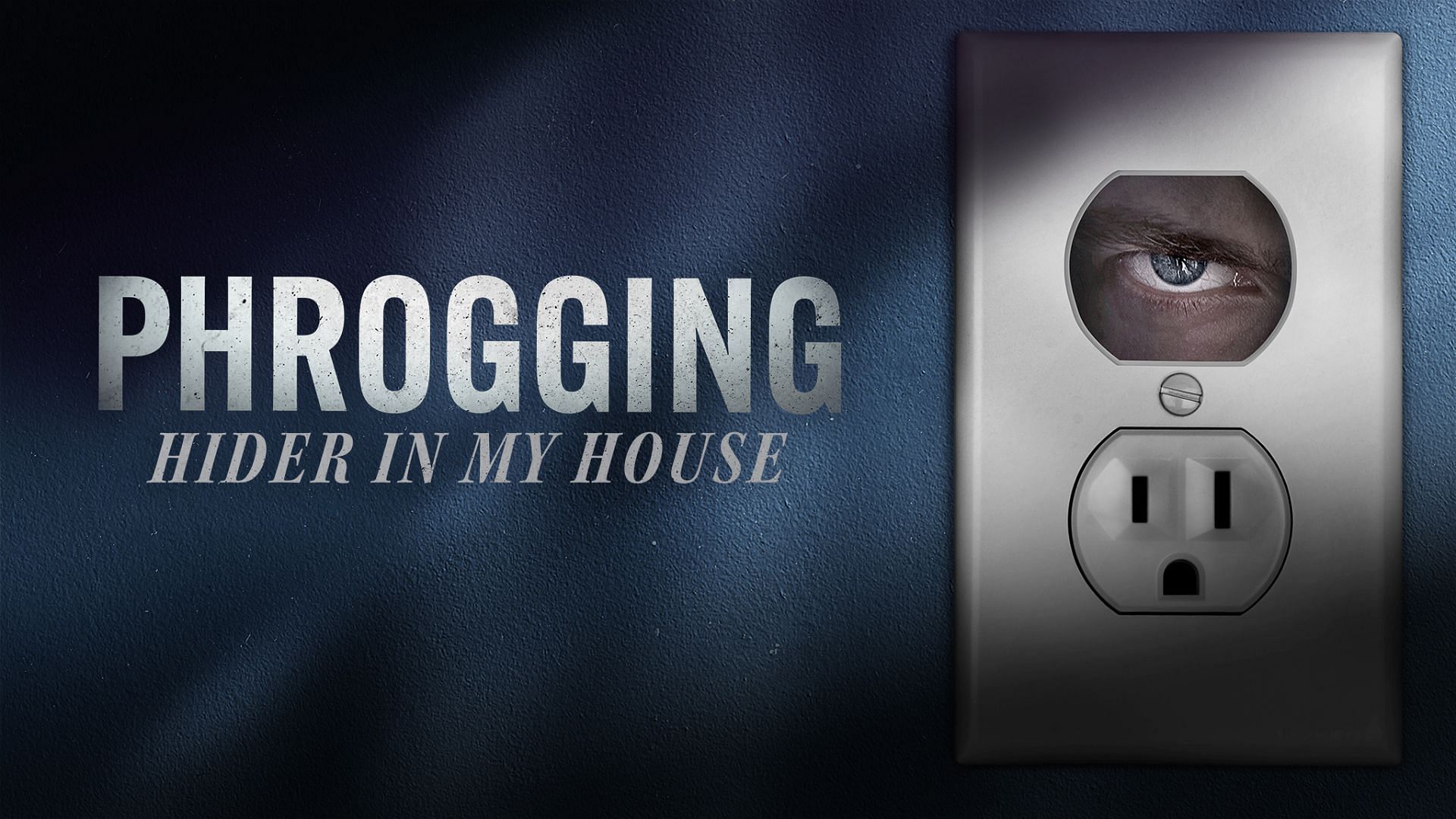Phrogging vs. Squatting: Key Differences Explained
Phrogging vs. Squatting: Key Differences Explained
Blog Article
Imagine exploring that someone has been secretly residing at home without your knowledge. This unnerving phenomenon is known as "what is phrogging" (pronounced “frogging”). The word derives from the notion of a "frog" moving from one position to another, as phroggers usually inhabit various homes temporarily while outstanding undetected. While it could sound like something out of a terror film, phrogging is just a true and increasingly described issue.

What Is Phrogging?
Phrogging refers to the behave of someone privately living in still another person's home, an average of without their consent or awareness. A phrogger might stay in concealed areas such as for instance attics, basements, get rooms, spare areas, as well as underneath furniture. They count on the homeowner's neglect to check these places, frequently moving in and out stealthily to prevent detection.
Phroggers don't tend to stay in a single place for long. That transient conduct means they often go unseen for extended periods, employing their host's food, energy, and different assets without permission.
Why Is Phrogging on the Increase?
While official knowledge on phrogging is limited, anecdotal evidence and news studies recommend an increase in such cases. A variety of facets has added to the trend:
• Economic hardship has remaining several individuals fighting homelessness, major some to get unusual shelter.
• Larger, multi-story domiciles common in today's suburbs provide sufficient covering locations for would-be phroggers.
• Homeowners' increasing dependence on electronic devices like wise locks and movement detectors might unintentionally cause neglect of periodic, physical inspections of the homes.
Just how to Defend Your House
To guard yourself and your property from phrogging, consider these protection recommendations:
1. Normal Inspections
Conduct routine checks of your property's less frequented areas, such as for instance attics, basements, and storage spaces. These places are often leading places for concealment.
2. Use Security Cameras
Deploy safety cameras in and about your home. Cameras with movement recognition may alert one to dubious activity, even in low-traffic areas.
3. Secure All Access Items

Secure windows, doors, and any extra entrances to stop unauthorized access. Ensure sacrifice keys are hidden safely or entrusted simply to persons you trust.
4. Keep Observant
Look closely at strange signals like food planning missing, disturbed goods, or weird noises. These could indicate someone is staying in your home.
While phrogging may appear like a unique occurrence, their increase underscores the significance of heightened home awareness. By staying aware and using aggressive steps, you can somewhat lower the danger of experiencing this disconcerting danger.
Report this page